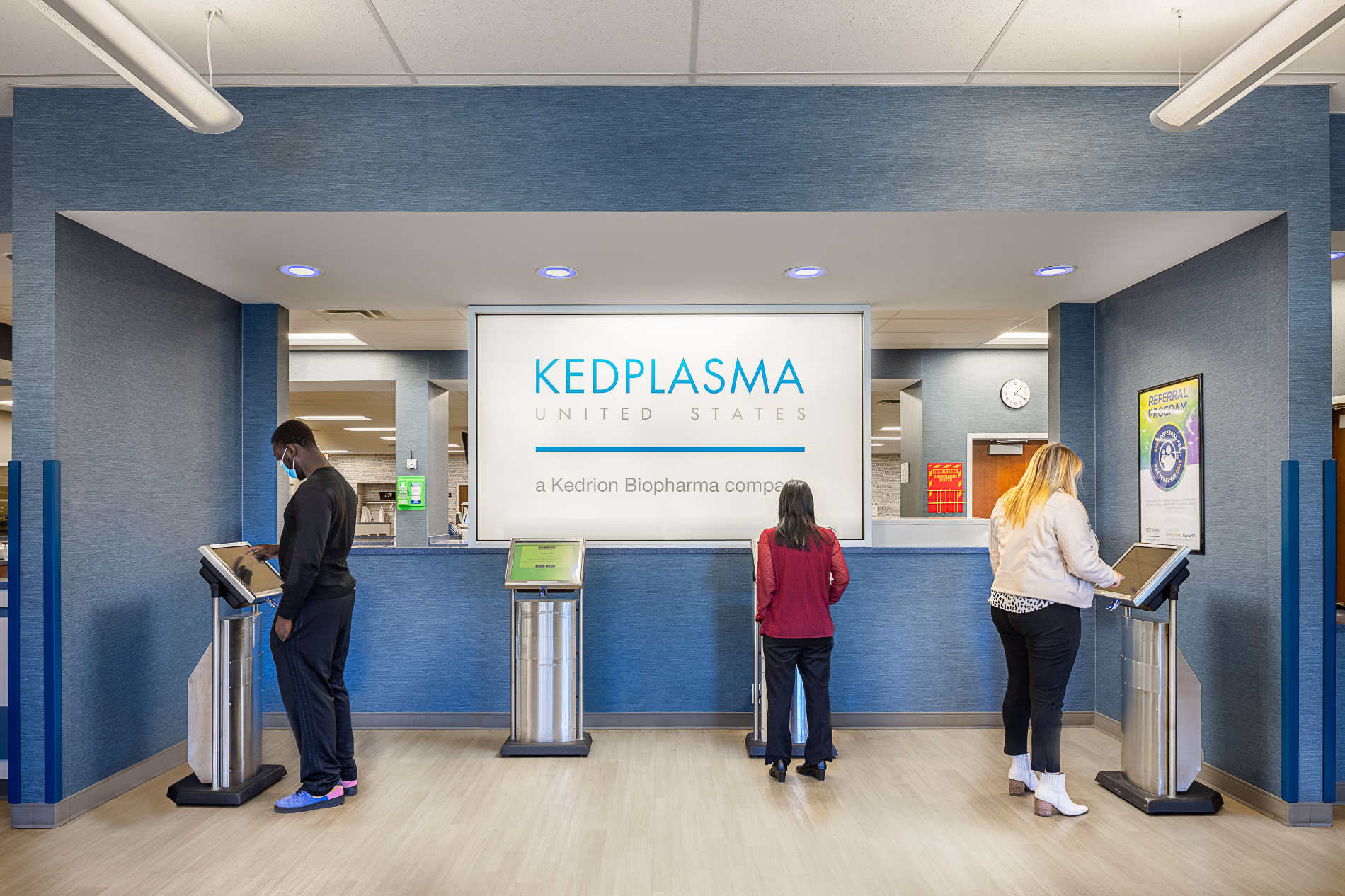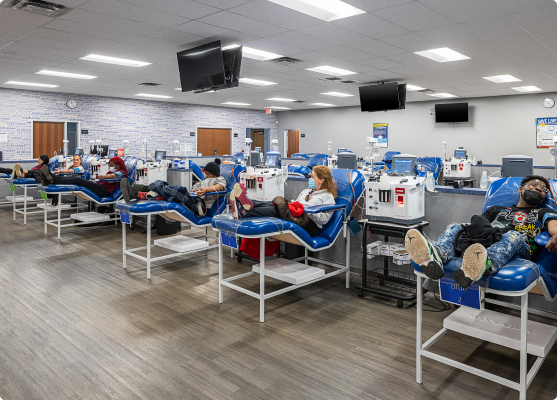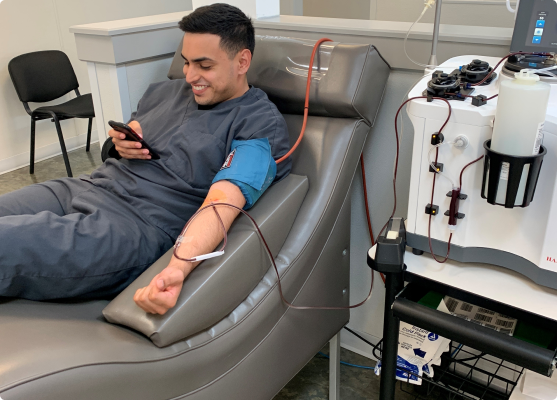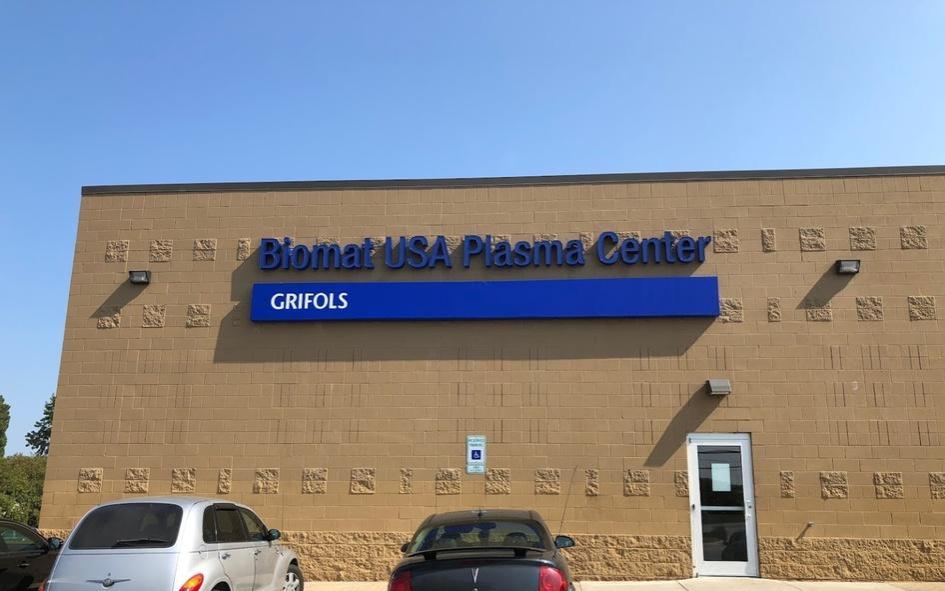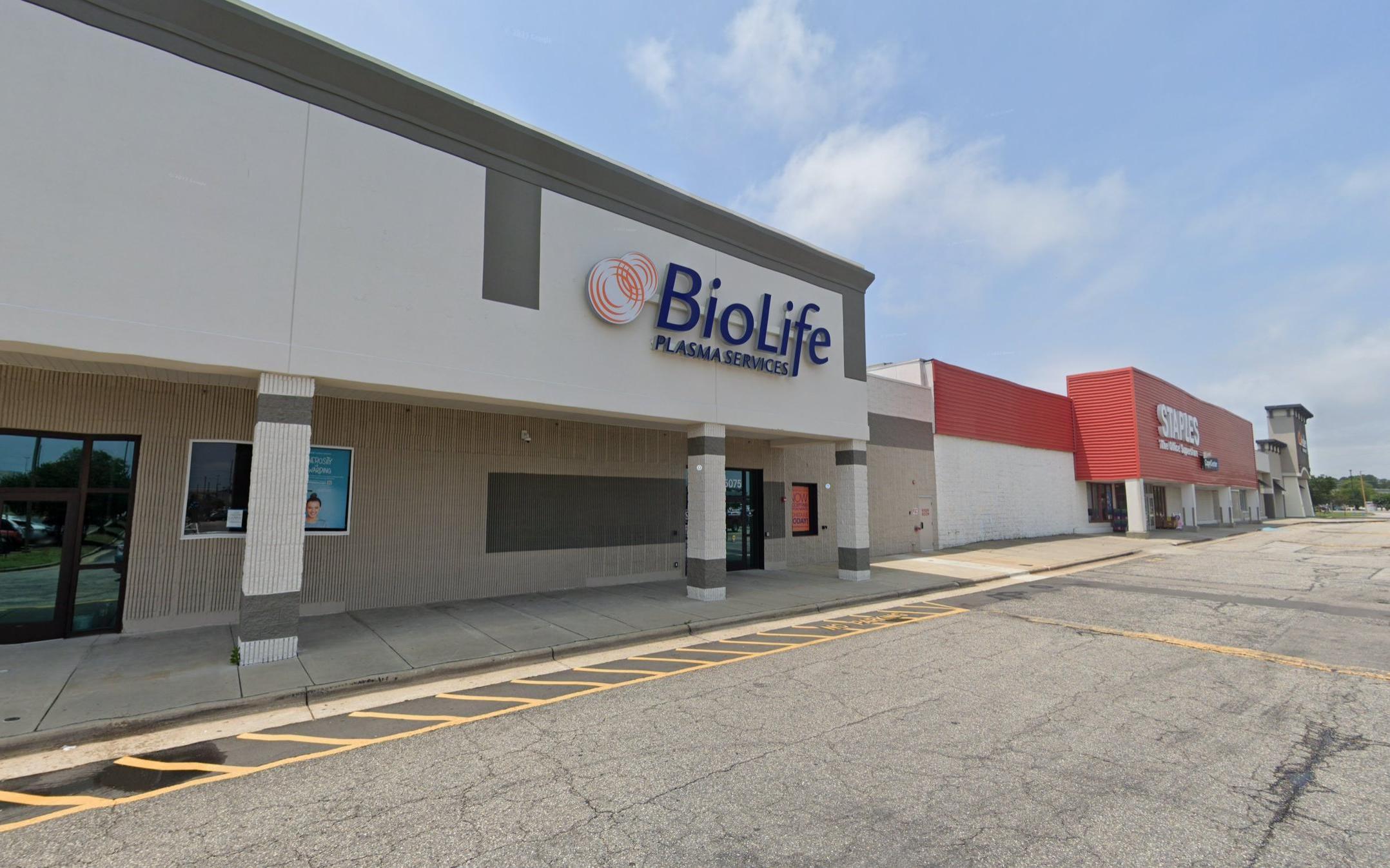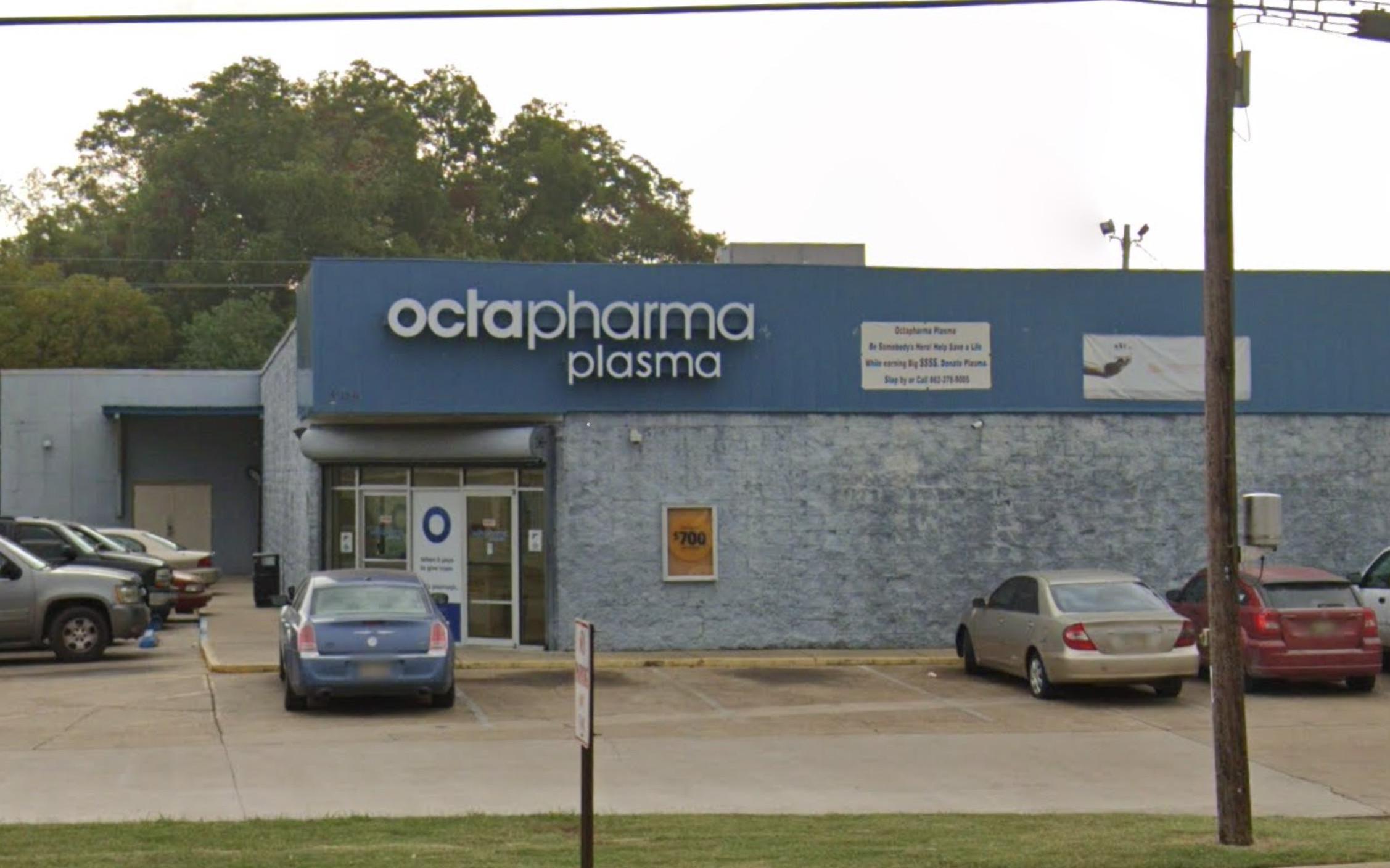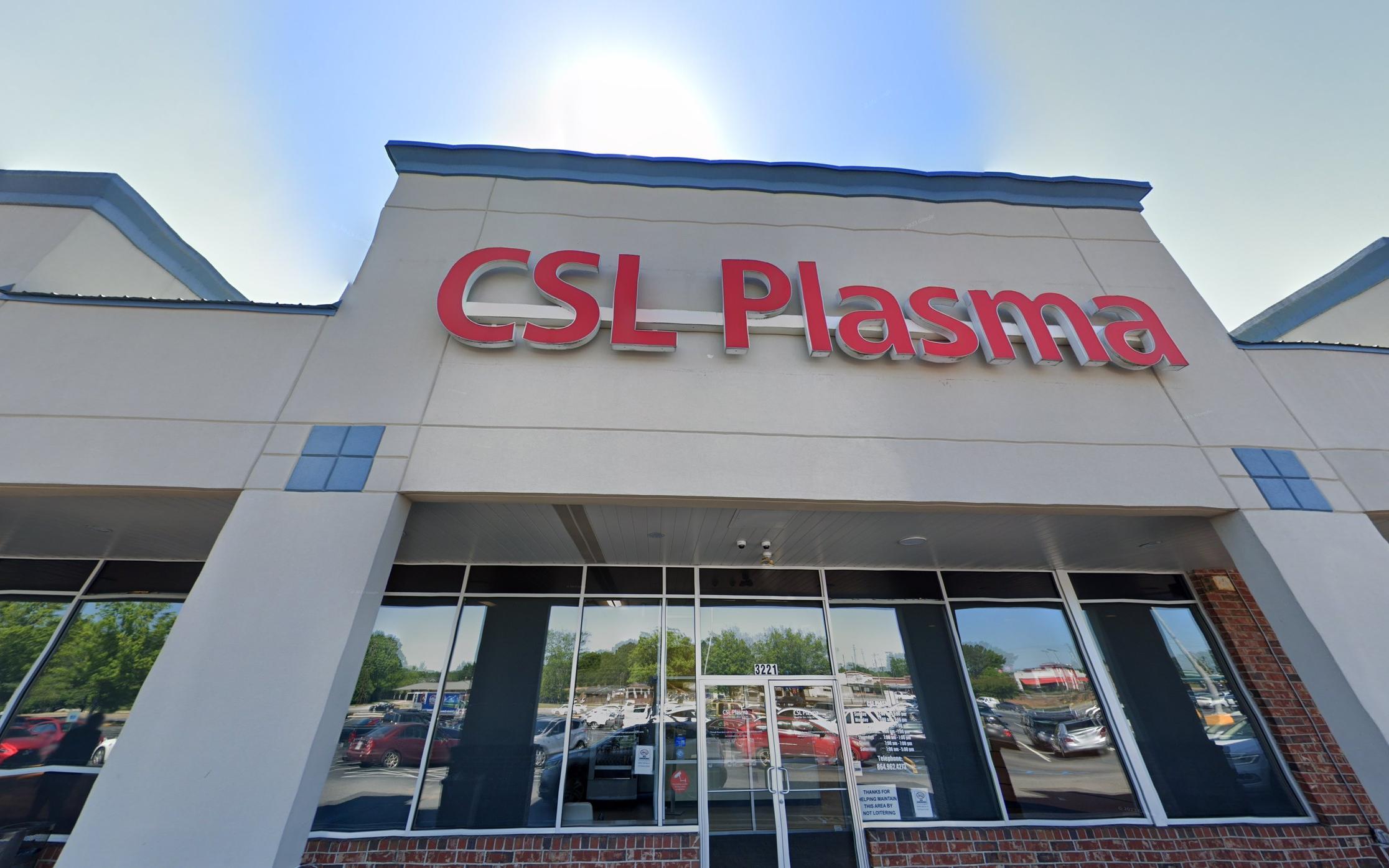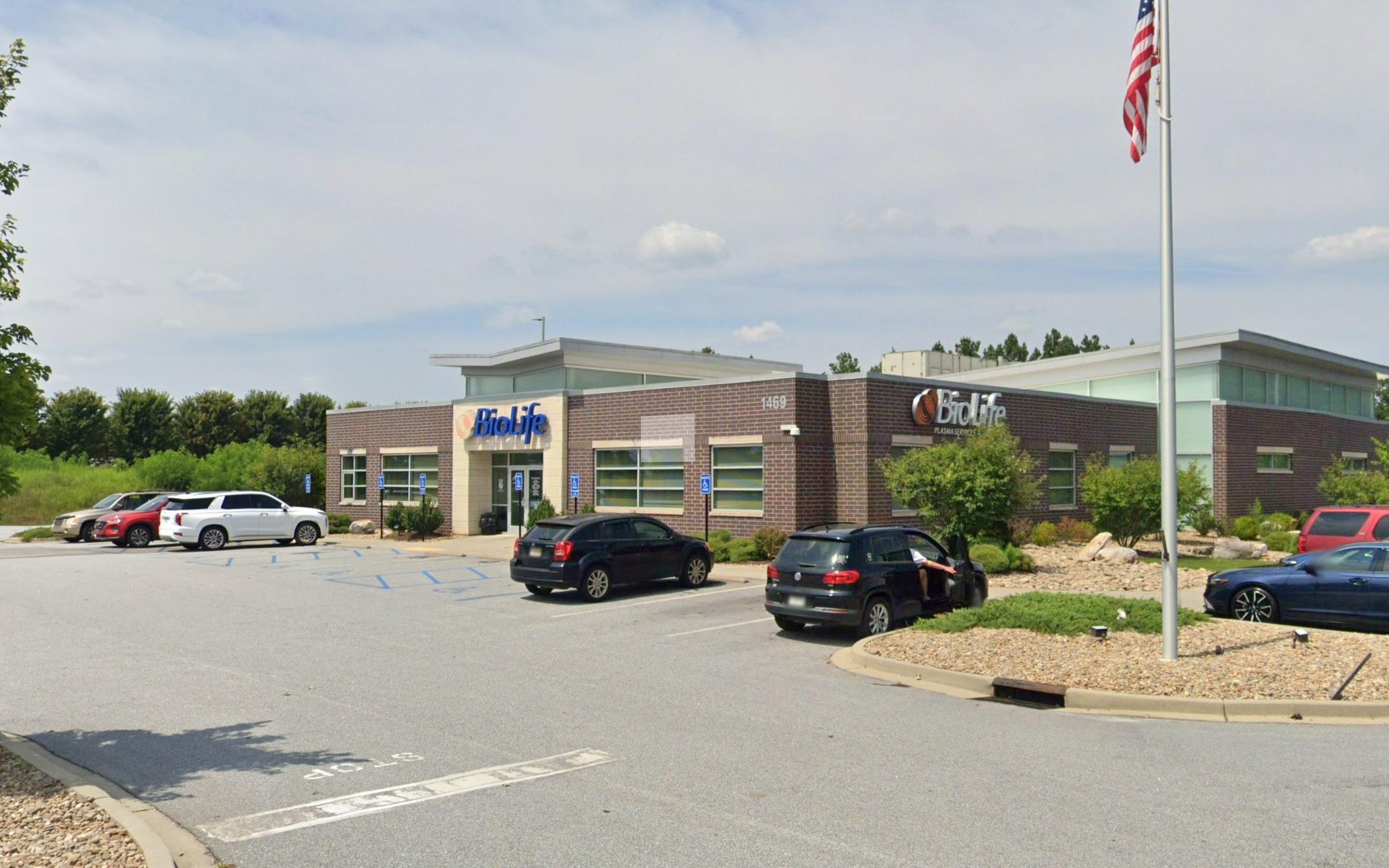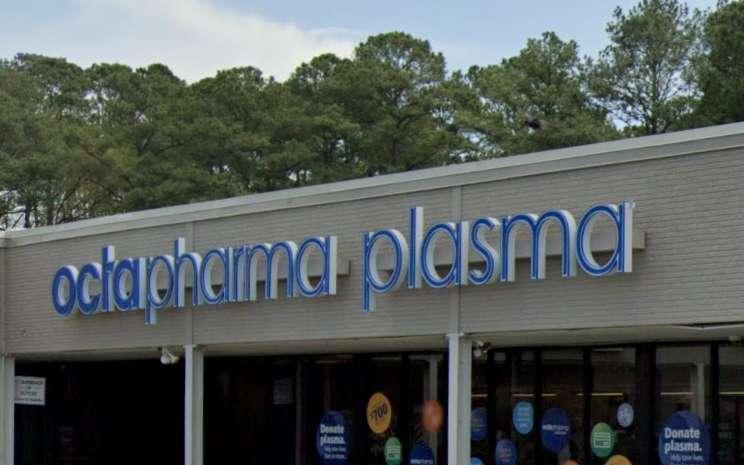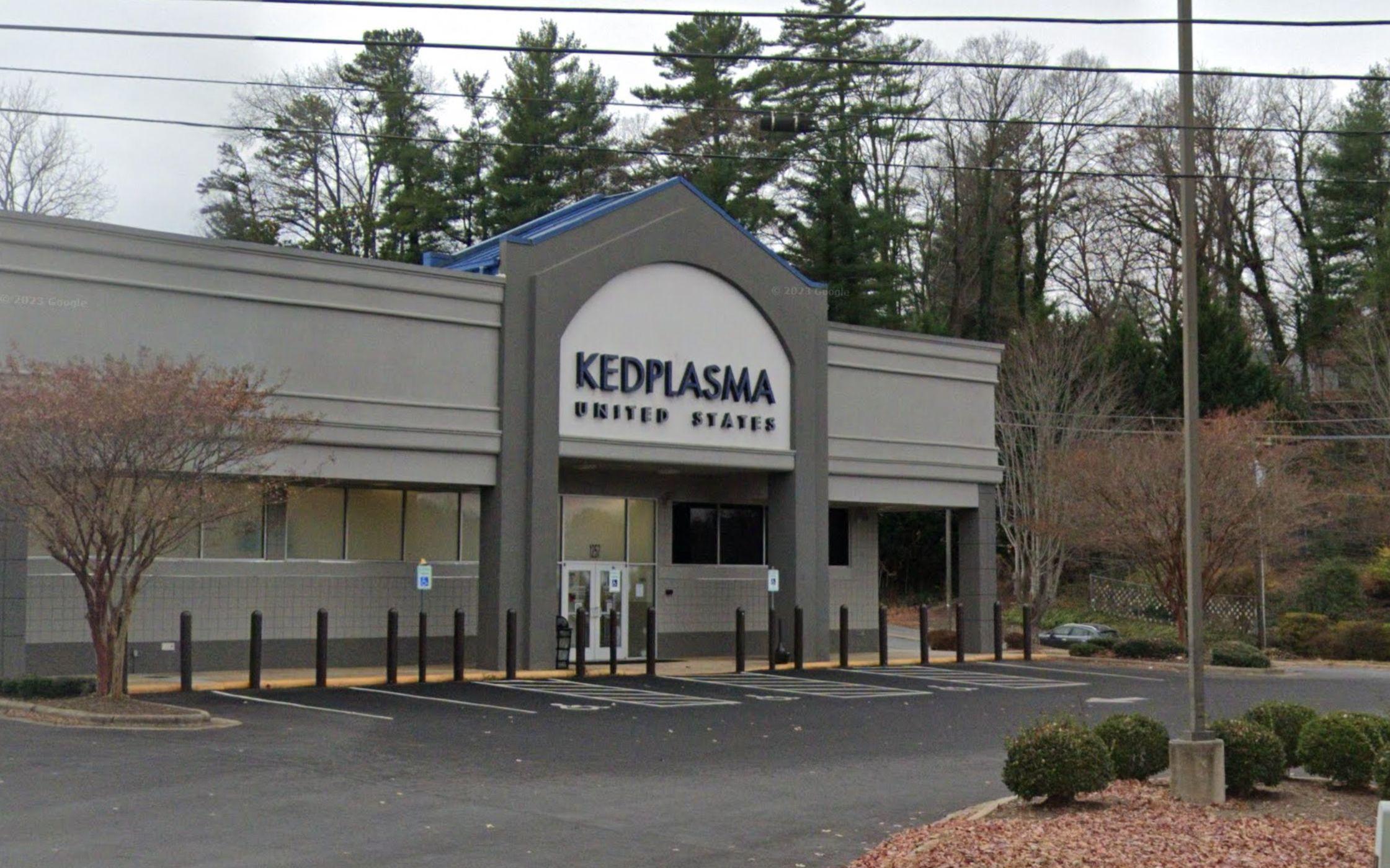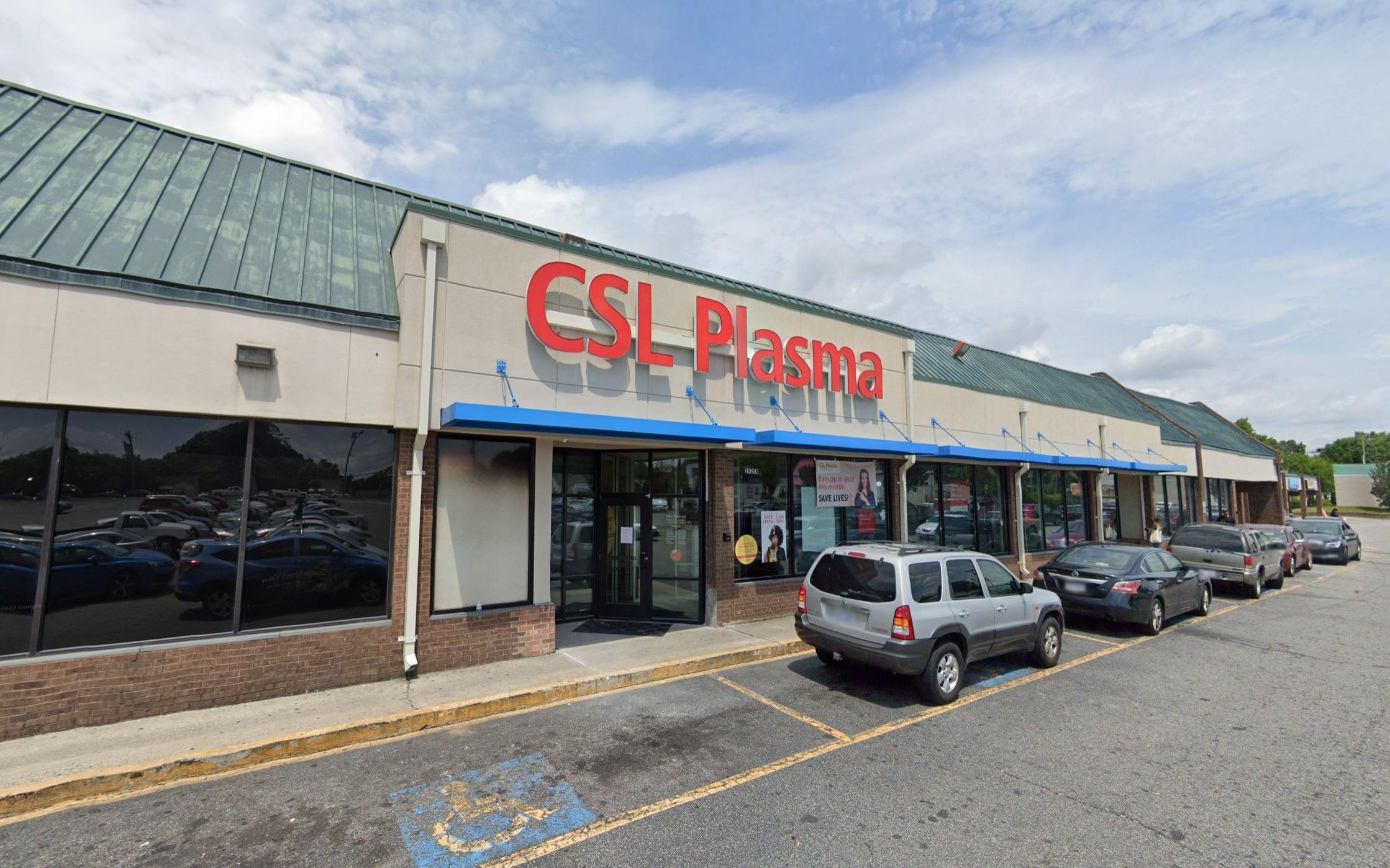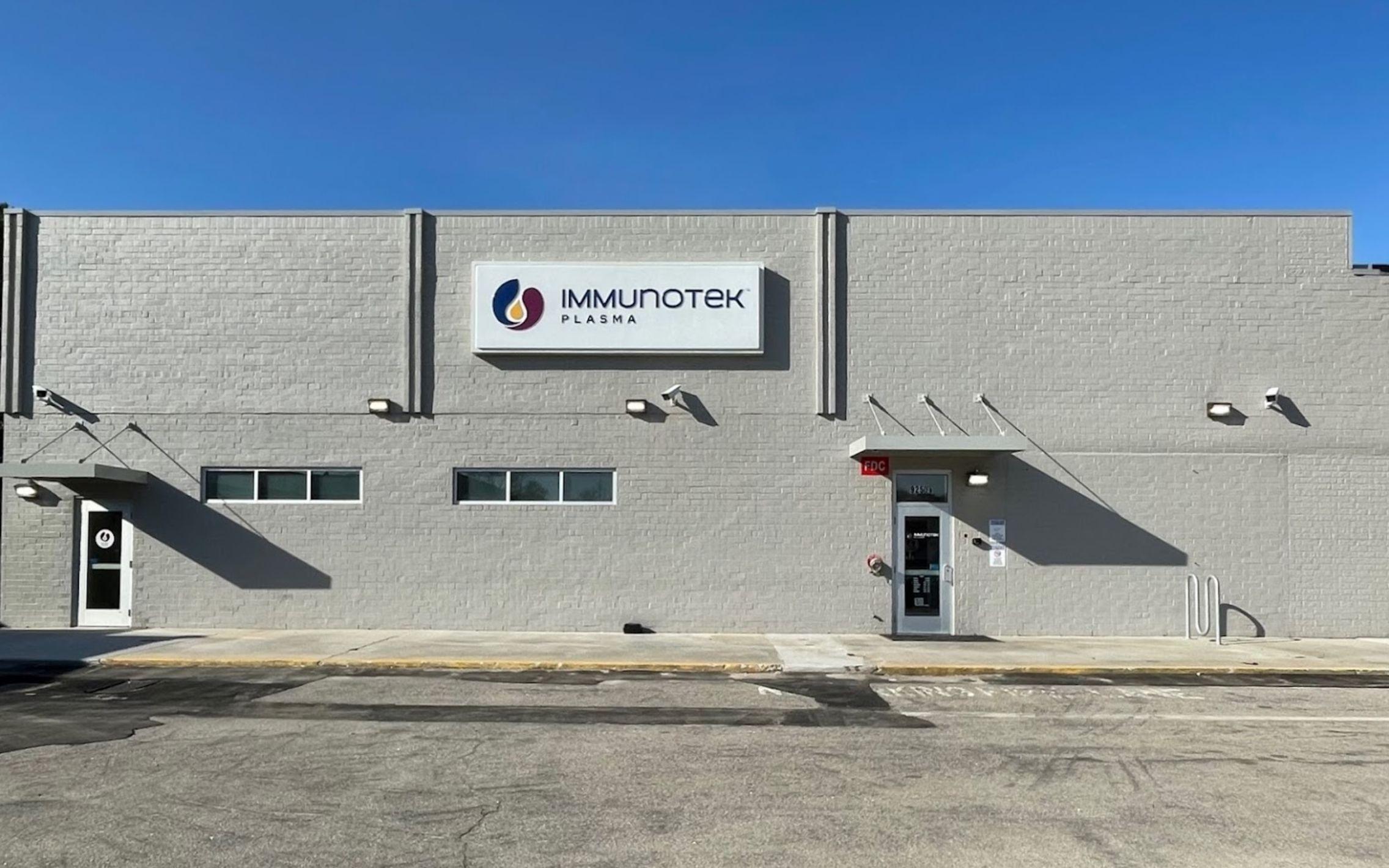Plasma Center In Greenville North Carolina

The growing demand for plasma-derived therapies is placing increased focus on plasma donation centers, particularly in communities like Greenville, North Carolina. These centers play a vital role in the healthcare ecosystem, but their presence also sparks discussions about economic incentives, community health, and ethical considerations.
This article explores the landscape of plasma donation centers in Greenville, NC, examining their operations, the donor experience, their economic impact, and the ethical questions they raise. It delves into how these centers function within the broader healthcare system and the perspectives of both donors and medical professionals.
The Role of Plasma Donation Centers
Plasma, the liquid portion of blood, contains crucial proteins used to create life-saving therapies for various conditions, including immune deficiencies, bleeding disorders, and burns. Plasma donation centers are the primary source for collecting this vital resource.
These centers operate by drawing whole blood from donors, separating the plasma through a process called plasmapheresis, and returning the red blood cells and other components to the donor's body.
Economic Incentives and Donor Demographics
A key factor driving plasma donation is the compensation provided to donors. This incentive can be particularly attractive to individuals in lower-income communities, making plasma donation a source of supplemental income.
In Greenville, NC, a city with a significant population facing economic challenges, plasma centers offer a tangible financial benefit. This raises concerns about potential exploitation and whether donors fully understand the risks involved.
"The compensation helps me make ends meet," stated one donor from Greenville, who wished to remain anonymous, highlighting the real-world impact of these payments.
The Donor Experience: Benefits and Risks
The process of plasma donation typically takes between one to two hours, including screening, the donation itself, and post-donation observation.
While generally considered safe, potential risks include dehydration, fatigue, bruising at the injection site, and, in rare cases, allergic reactions or infections. Centers are required to adhere to strict safety protocols to minimize these risks.
Screening processes are in place to identify donors who may be ineligible due to health conditions or lifestyle factors that could compromise the safety of the plasma.
Regulation and Oversight
Plasma donation centers are subject to regulations from both federal and state agencies. The FDA (Food and Drug Administration) sets standards for plasma collection, testing, and storage to ensure the safety and quality of the plasma supply.
These regulations cover donor eligibility, facility standards, and the processes used to collect and process plasma.
Regular inspections are conducted to ensure compliance with these regulations, although some critics argue that oversight could be strengthened.
Community Impact and Ethical Considerations
The presence of plasma donation centers can have both positive and negative impacts on the community.
On the one hand, they provide an economic opportunity for residents and contribute to the supply of life-saving therapies. On the other hand, concerns exist about the potential for attracting individuals who may be more vulnerable to exploitation.
Dr. Emily Carter, a bioethicist at East Carolina University, notes, "We must ensure that individuals are making informed decisions about plasma donation and that they are not being unduly influenced by financial incentives, especially if those incentives are driven by a lack of other economic opportunities."
The Broader Healthcare Context
The demand for plasma-derived therapies is expected to continue growing, driven by advances in medical treatments and an aging population.
This increasing demand places further pressure on plasma donation centers to collect more plasma, raising questions about the sustainability of the current donation model.
Some experts suggest exploring alternative sources of plasma, such as recombinant technologies, to reduce reliance on human donors.
Looking Ahead: Balancing Supply and Ethics
The future of plasma donation in Greenville, NC, and elsewhere hinges on striking a balance between meeting the growing demand for plasma-derived therapies and ensuring the ethical treatment of donors.
This requires ongoing dialogue between regulators, plasma donation centers, medical professionals, and community stakeholders.
Strengthening regulations, improving donor education, and exploring alternative plasma sources are crucial steps in ensuring a sustainable and ethical plasma supply chain.
Ultimately, the goal is to provide access to life-saving therapies while protecting the well-being of the individuals who make those therapies possible.
